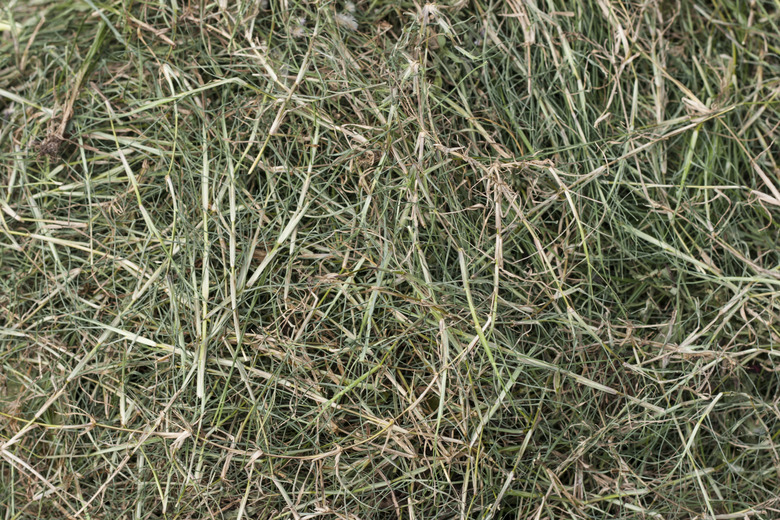Making Fuel From Grass Clippings
Although taking the grass clippings from your lawn and using them to fuel your car might sound like something out of a science fiction movie, scientists around the world are working hard to make that a reality. From yeast to microwaves, researchers are employing several different approaches in the quest for a means to turn grass into a sustainable biofuel.
Yeast
Yeast is already used to make everything from beer to pizza dough and numerous scientists are working to see if the tiny microoganisms can also make biofuel from grass. The ultimate goal is to break down the sugars in the grass and convert them into ethanol for use as fuel. A team at MIT announced in 2012 that it was working on genetically engineering a species of yeast that would be able to perform both of those steps on its own.
Other Fungi
In 2011, a team of scientists from the University of Alberta announced they were able to genetically engineer a different fungus that could produce biofuel — Neurospora crassa. Essentially a type of bread mold, the fungus was modified to produce an excess of fatty acids as a by-product of metabolizing grass clippings. The team then used a chemical process to arrive at a biofuel made from cellulose waste that the fungus eats naturally. The product yielded by the process still had to be mixed with diesel to be functional.
Bacteria
In 2013, American scientists announced the discovery of a bacterium that could break down grass into sugars that could then be easily turned into biofuel. The researchers found that, by exposing the grass clippings to the Caldicellulosiruptor bescii bacterium at around 176 degrees Fahrenheit (80 degrees Celsius), the bacteria would break down up to around 25% of the given biomass over a five-day period. The research team categorized their work as an important first step toward using bacteria to make biofuels.
Pyrolysis
Researchers are the University of York in the United Kingdom have been using a technique called pyrolysis to produce fuel from grass clippings. The process involves the use of microwaves to heat material without the presence of air. By tweaking the process, the researchers are able to control the breakdown of grass to produce a desired end product. According to the Carbon Trust, this fuel-making process may have the potential to have a "carbon footprint" 95% smaller than other methods of refining fossil fuels.
Cite This Article
MLA
Smith, Brett. "Making Fuel From Grass Clippings" sciencing.com, https://www.sciencing.com/making-fuel-grass-clippings-4866036/. 24 April 2017.
APA
Smith, Brett. (2017, April 24). Making Fuel From Grass Clippings. sciencing.com. Retrieved from https://www.sciencing.com/making-fuel-grass-clippings-4866036/
Chicago
Smith, Brett. Making Fuel From Grass Clippings last modified August 30, 2022. https://www.sciencing.com/making-fuel-grass-clippings-4866036/
